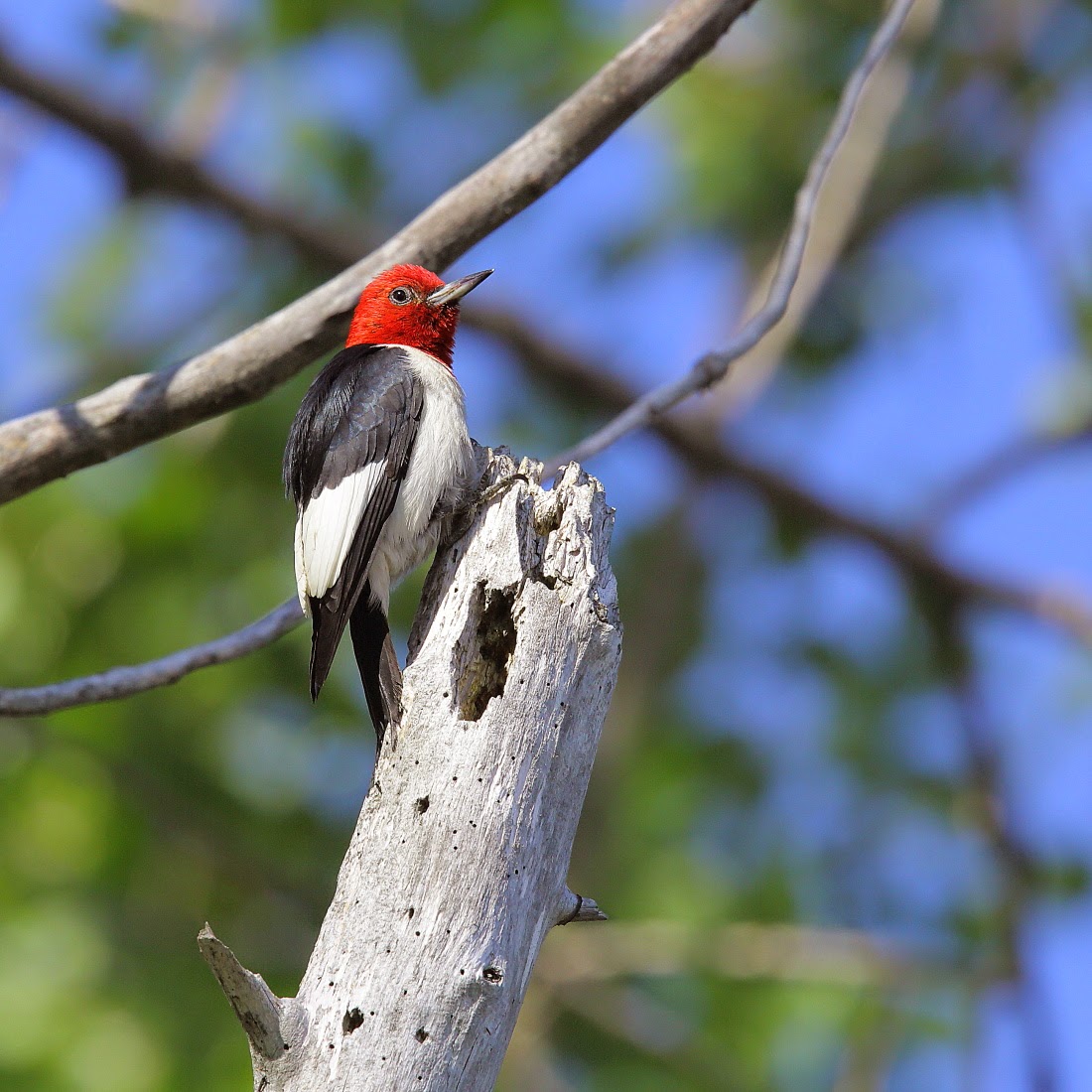I just recently pulled all of my 2014 income tax information together to submit. And if all goes according to plan, I will indeed get at least a reasonable chunk of $$ back. Part of this is because of charitable donations.
Charitable organizations and volunteers are extremely important. If it weren't for them, our natural resources, for example, would be in a lot more perilous condition than they are.
I expect that many readers already do what they can to support these and other worthwhile organizations, such as:
-supporting financially through membership or financial support beyond membership dues;
-volunteering time and energy in a variety of ways, whether it is towards citizen science, or using ones business, organizational or science skills.
Here in southwestern Ontario, there are many groups making a difference on the landscape or in the knowledge and understanding of our natural resources. One of the best ways to make a difference is to acquire and manage natural areas. During my career with OMNR, I think people within the organization got tired of hearing some of my mantras, such as:
"Dealing with Species At Risk instead of Spaces At Risk is like treating a life-threatening disease with an aspirin."
and
"If governments at all levels put half of the $$ that has gone towards creating and administering the provincial Endangered Species Act or federal Species At Risk Act into acquiring and properly managing natural areas, many of the species at risk issues both now and in the future would be taken care of."
Unfortunately there is far more bureaucracy to always make the biggest difference on the landscape. There are many provincial parks and nature reserves, but there are way too many significant sites slipping through the cracks. Fortunately, non-government organizations can act more quickly, and have a more active agenda, which has made a huge difference!
So those organizations that actively acquire and manage property are high up on my priority list to support in whatever way I can.
On a national and international scale, it is hard to beat the Nature Conservancy. Internationally seashores, canyonlands, woodlands, wetlands and prairies, where in fact the bison still do roam, are in far better shape than they were before NCC became involved.
 |
| Bison on Tallgrass Prairie Preserve, Oklahoma |
On a national scale, property has been acquired by NCC coast to coast to coast to coast. For example in southern Ontario, major acquisitions have taken place in the Backus Woods area of Norfolk County, which is the stronghold for the endangered Cucumber Magnolia in Canada.
 |
| Cucumber Magnolia |
 |
| Old growth forest in Norfolk County |
at Clear Creek in Chatham-Kent
 |
| Clear Creek Forest |
 |
| Bickford Oak Woods |
Land trusts have many of the same goals and approaches that NCC does, but concentrate on a more local scale. Some of the more active ones in the local area include:
Walpole Island Land Trust, focusing on some of the best quality prairie and savanna they have literally in their back yard. http://walpolelandtrust.com/
 |
| Walpole Island tallgrass prairie |
The Canada South Land Trust focuses primarily on Essex but is also interested in Chatham-Kent. www.canadasouthlandtrust.org
The Thames Talbot Land Trust is involved in a number of worthwhile project areas in Middlesex, Elgin and Lambton. www.thamestalbotlandtrust.ca
 |
| Skunk's Misery, where TTLT works |
Carolinian Canada has been around since 1984, and works with a huge number of like-minded organizations, and local governments, as well as private landowners to facilitate positive changes to natural areas within the Carolinian Life Zone. Check them out at: http://caroliniancanada.ca/
 |
| Dedicating a part of Skunk's Misery |
 |
| Wetland along a trail being inventoried by Carolinian Canada |
 |
| Old field/prairie along a trail being inventoried by Carolinian Canada |
The Friends of Rondeau, established in 1985, supports many aspects of natural heritage education at Rondeau. This includes operating a sales outlet featuring natural heritage items as well as hosting birding related events at Rondeau (e.g. the Wings of Spring just a few days ago; birding hikes for several weeks in May), a butterfly festival in September to celebrate the Monarch, the butterfly count in mid-summer, and supports other natural heritage education events. You can learn more about them at: http://www.rondeauprovincialpark.ca/
 |
| Scarlet Tanager |
 |
| Leading a bird hike at Rondeau |
 |
| Banded Monarch |
Bird Studies Canada started out as the Long Point Bird Observatory many decades ago, but has since expanded its vision substantially. It initiates and carries out many scientific projects; it designs and sponsors many citizen science projects relating to birds and wetlands in particular.
 |
| Red-headed Woodpecker |
BSC has expanded its influence across Canada, and is increasingly recognized internationally for its major science-based efforts towards education as well as contributions towards protecting birds and their habitats wherever they may be. Having worked along side some of the BSC staff in inter-agency projects, I can say without hesitation that the staff is incredibly knowledgeable and devoted. For more information see: http://bsc-eoc.org/
There are numerous other groups doing great work, far too many to include them all here. Many local naturalist clubs are doing phenomenal things within their areas of interest and geographic location. And of course the Ontario Field Ornithologists, in existence since the early 1980s, has made major contributions in the documentation of birds (e.g. Breeding Bird Atlas, Ontario Bird Records Committee) as well as education and hosting numerous field events. See more at: http://www.ofo.ca/
So if you can, please give generously to one or more of these fine groups, whether it be financially, via time and expertise or in some other way. If you enjoy natural areas and the plants and creatures that depend on them, you will be doing yourself a favour as well. And you just might get a bigger income tax refund next year!





No comments:
Post a Comment